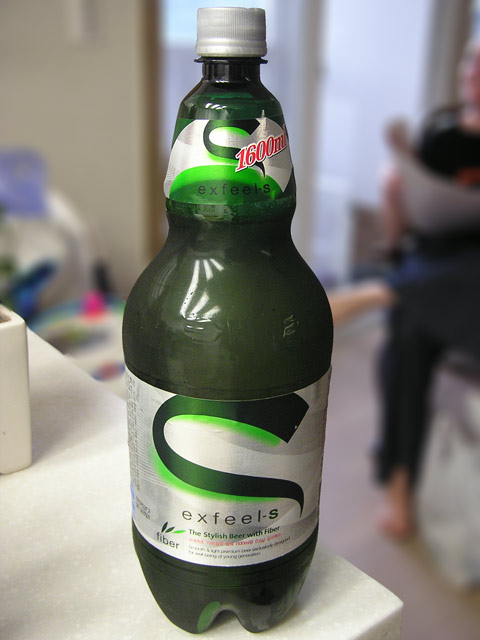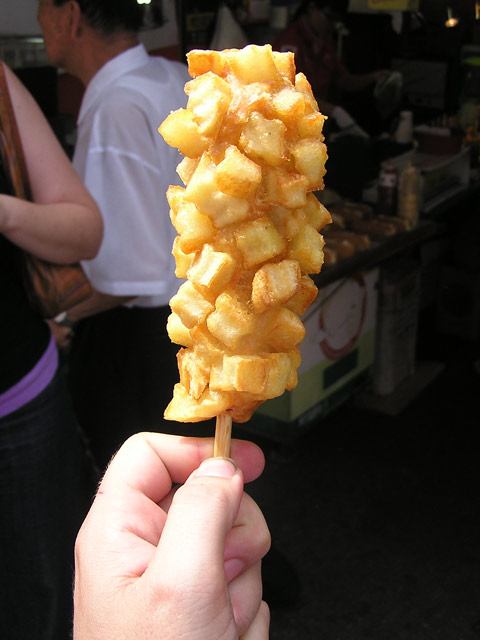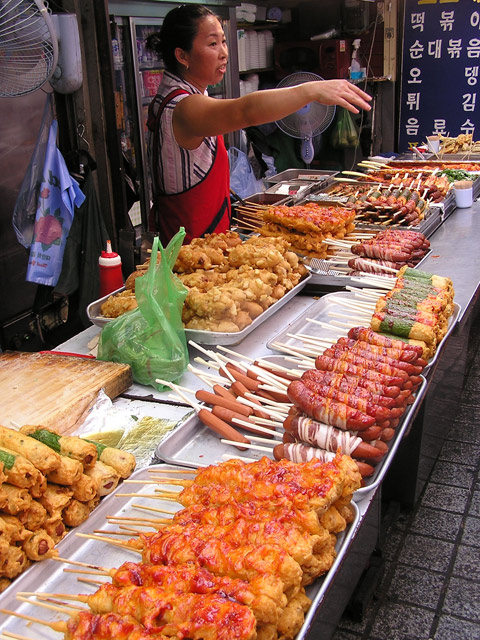After doing the most scant research on the Internet, it seems that although many people mention that the new border crossing between Prek Chak in Cambodia and Xa Xia/Ha Tien in Vietnam is open to foreigners, nobody tells you how to get from Kep to Phu Quoc in a day or that two of the world’s best seaside destinations are now less than 12 hours apart. Here’s how:
From Kep/Kampot, catch a tuk tuk, taxi or moto to the border, departing no later than 8:00am (if you were keen on an early start, you might attempt a taxi at dawn from Phnom Penh). The price seems to be set at $15 for tuk tuks but this should drop. The last section of the dirt road to the border post has turned from OK to horrific over the wet season and is unapproachable by tuk tuk. We swapped onto some motorbikes for the last two kilometres and negotiated with them to take us all the way over the border to the Ha Tien bus station, a few kilometres into Vietnam and just over the bridge from Ha Tien town for $3. The border post is unassuming, being a few sheds on the Cambodian side and a huge edifice on the Vietnam side. Getting through the post is fast and neither side asked for a bribe. Visas for either country are not available at the border.
The journey from Kep to Ha Tien bus station took roughly two and a half hours. Although we’d heard that there is a ferry from Ha Tien to Phu Quoc, we couldn’t confirm this with anyone in Ha Tien and so headed onward to the speedboat at Rach Gia, about 100km away. At the bus station, there are two buses that you can catch to Rach Gia: a green express bus or a purplish slow bus. We only discovered that the express buses existed after a few passed our local bus. Local buses to Rach Gia cost about 35,000 VND which take about 3 hours depending on how often they stop to pick up passengers/crates of fish along the way.
From the Rach Gia bus station, grab a motorbike to the speedboat to Phu Quoc, which leaves at 1:30pm and arrives in Phu Quoc at 4:00pm. The speedboat is 180,000VND for foreigners, air-conditioned, and the plushest boat that I’ve been on in two years.
Total travel time from Kep to Phu Quoc: 8 hours.
As a smal addendum: I discovered the ferry from Ha Tien to Phu Quoc once we’d arrived in Phu Quoc. According to a sign painted on it, they left Ha Tien at 10:30am and weren’t at all keen on selling me a ticket.
Addendum (13 March 2009): Paul (commenter below) says the ferry from Ha Tien to Phu Quoc is now running. Can be organised through Sok Lim Tours and is even cheaper than the way that I did it.




